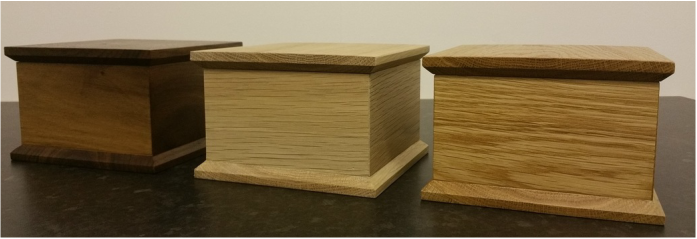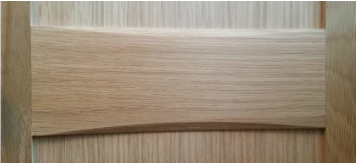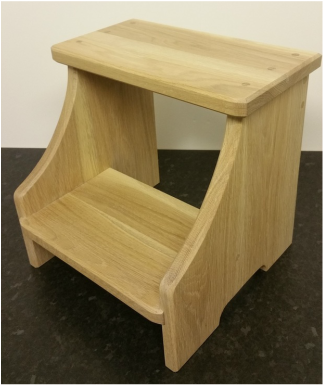Here at Thorne Woodworking I like to offer a choice if I can.
Choice is good, choosing is good and ignorance is not bliss……
So being informed and being able to make that choice is……..well….if not quite bliss, we’ll settle for good.
There are many finishes on the market produced by many companies but as general rule of thumb if it’s timber and it’s not a painted finish I will offer 3 types of finish.
Choice is good, choosing is good and ignorance is not bliss……
So being informed and being able to make that choice is……..well….if not quite bliss, we’ll settle for good.
There are many finishes on the market produced by many companies but as general rule of thumb if it’s timber and it’s not a painted finish I will offer 3 types of finish.
Wax Finish.
The first is clear wax, this is mostly used on wardrobes because you cannot use wax in a kitchen or a bathroom, or anywhere there will be moisture, wet hands, damp towels or splashes of water as splashes of water will leave behind faint white marks where the water made contact. Also wax will not provide a good barrier from sticky fingers or hot cups of tea etc. So wax is more suited to less harsh environments like a bedroom or perhaps a living room. Having said all that, wax will seal the timber to a degree and really does enhance the look of wood, it brings out the grain in a very natural way, and once the wood has been waxed and buffed, you can touch the wood and it feels like you are still touching the timber as opposed to a heavily lacquered finish which almost feels like touching a piece of glossy plastic. Also if a waxed piece of timber acquires a mark or discolouration around a handle for instance, then it is possible lightly sand the problem area and rewax.
Osmo Polyx oil Original.
The second (and third) option is from a German company called Osmo, they produce environmentally friendly products which are based on natural oils. Osmo Polyx Oil Original is an easy to apply oil that after 2 coats gives the wood a nice level smooth finish, and really picks the grain of the wood out and gives it depth. On light coloured woods it darkens the tone of the wood somewhat, so appears to have a permanent ‘wet look’. It is also microporous, so the wood can absorb and release moisture, essentially breath. I use the satin version.
Osmo Polyx oil RAW.
The third option (as mentioned above) is made by Osmo as well, Polyx oil RAW. The ‘RAW’ is the important bit, as it maintains the natural look of the timber, and Osmo state that it is almost invisible once applied with no ‘wet look’. It achieves this by using small amounts of white pigments in the oil to neutralise the permanent 'wet-look', and infact when you open a tin of Polyx oil RAW it looks like white paint. It is quite tricky to apply and needs to be spread out super evenly and quite thinly, and even then you will get very faint dull white pigmentation here and there. But I see this as part of the charm of this product which gives a nice modern feel. It has all the same characteristics as the Original oil except, obviously the ‘wet look’. It comes as a matt finish only.
I hope this is a useful guide, but if you have any thoughts or questions just just get in touch.
Paul
Paul





 RSS Feed
RSS Feed
